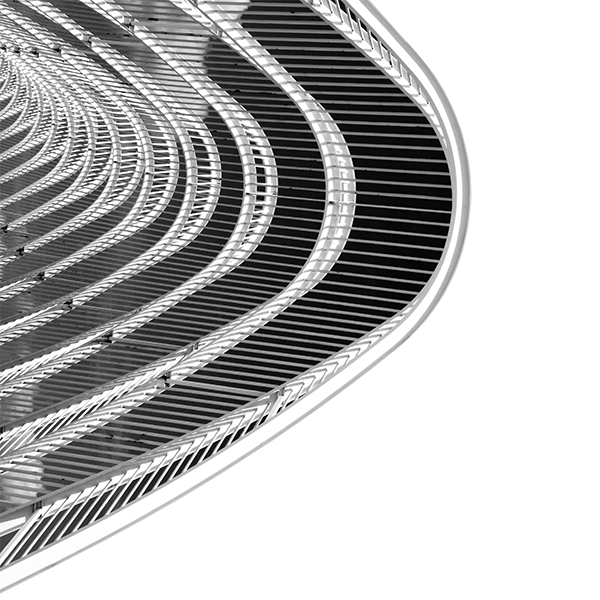Testing Service: Transfer Impedance Measurement
Transfer Impedance measurements of cables is the best metric for determining EMC/EMI/Lightning performance of cable shields and connectors. It can be used to predict the levels inside a system based on the outside EMC environments. It is also an outstanding quality control metric for cable harnesses. Contact EMA for more information on how to use transfer impedance measurements as a tool for EMI/EMC/Lightning control.
EMA offers Transfer Impedance Measurement testing servicing for Aerospace, Automotive, and Military applications. Please call EMA at (303) 980-0070 or contact EMA with any questions about these services.
Transfer Impedance Triaxial Measurement
- Triaxial test setup is based on IEC 62153-4-3
- Measurements are applicable to short cables (0.5 to 1 m) for frequencies up to 180 MHz
- Test setup can be modified for having a full cable assembly under test, including connectors at both ends
LF port measurements measure the lower frequencies and low impedance accurately (100 Hz – 30 MHz), while the S-parameter measurements work better at higher frequencies (above 100 kHz)
- Z1 is the characteristic impedance of the inner circuit – cable under test (CUT)
- R1 is the matching resistor for the CUT: R1 = Z1
- Z2 is the characteristic impedance of the outer circuit – test fixture
- Rdamp is the damping resistor – outer circuit has a short circuit termination on end B, which leads to reflections (no way around this)
- l is the cable length – between 1.5 and 3 ft
- i is the current flowing on the outside of the shield
- V is the voltage developed on the inside of the shield
LF Ports: 100 Hz – 30 MHz
- LF ports work better at lower frequencies (100 Hz – 30 MHz) than standard NA ports for low impedance test samples.
- These ports are designed especially for low impedance measurements at low frequencies
- Measure T (output power) and R (input power), calculate ZT.
S-Parameters: 100 kHz up to 180 MHz
- Standard S-parameter measurements work at higher frequencies
- Measure S21 and calculate attenuation: ameas = 10 log(P1 / P2) = -20 log(S21)
- Perform a THRU calibration using test cables: acal = 10 log(P1,cal / P2,cal) = -20 log(S21,cal)
- Calculate ZT in accordance with IEC 62153-4-3
Transfer Impedance Measurement Test Setup








